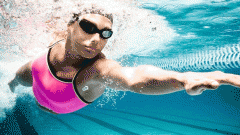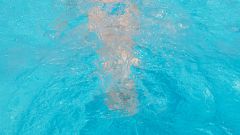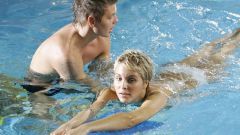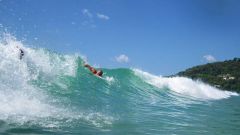Instruction
1
The duration of breath-holding under waterand in the air depends on the volume of your lungs. Gradually increase it to the lungs and diaphragm could preserve as much oxygen after inhalation. Stretch breath, trying to inhale and exhale consciously, slowly and calmly. You can do it in transport, in movies, in any place convenient for you. Stay quiet and calm, do not be distracted by external stimuli. Inhale slowly, counting the seconds. Exhale under the bill, is gradually trying to equalize the inhale and exhale. Each time try to stretch the inhale and exhale, make it longer.
2
Simple exercises stretching breathing. Use yoga exercises. Full yogic breath is calm and measured. It starts with the belly, smoothly into the aperture, the latter rises the chest. Exhale in the reverse sequence: it turns out the air from his lungs, from the diaphragm, the latter is freed stomach, now it is gaining momentum slightly to the spine.
3
When you learn to stretch the breath, perform a delay after inhalation and exhalation. Don't torture yourself with rejection of oxygen, let the breath becomes comfortable. Gradually, the delays will become longer. Do this exercise at home in the morning. Practise it in the pool though to keep the breath under water is much more complicated.
4
Before diving into the water, perform artificial respiration. With the power of inhale and exhale air. Try the trigger to release the air out quickly, but to the end. Breaths also make sudden and complete. After a couple minutes of this breathing body filled with oxygen and in a few minutes to breathe don't want. However, do not fall into the water immediately after this breath: it may cause dizziness.
5
During the voyage, synchronize movement with the breathm. Rising above the water, breathe. Exhale into the water, sinking down. Keep range of motion and breath, observe the strict rhythm of the breaths.
Note
Do not perform the breathing exercises in the water without supervision: you can lose consciousness.








